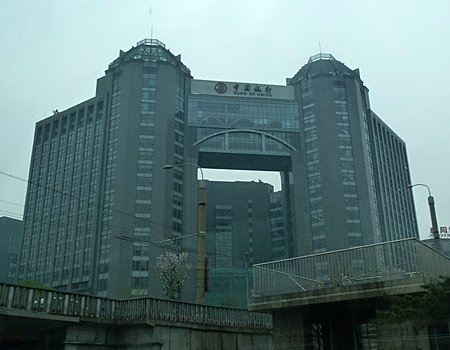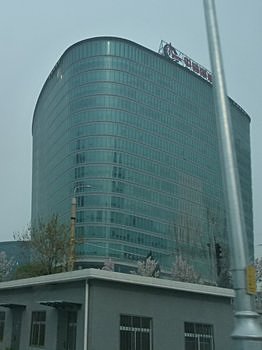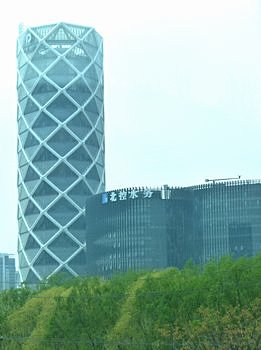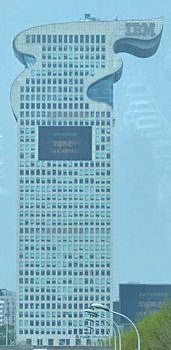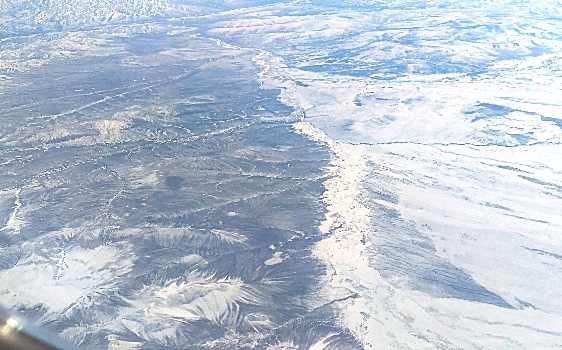
Welcome to Beijing
As we left the airport we saw this greeting.
Our first hotel.
A view of the garden and roof.
Some of the decorations in th halls and lobby.
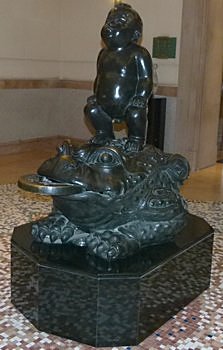
A couple of friends from the trip and a view of the Super 8 Motel next door.
Not quite up to the 5 star one we were staying in.
Jeff, our guide for the trip.
A little of what we saw on the way to our first tour destination.
I don't know how well that observatory wold work considering the atmospheric haze that prevails.
Magpies nests were everywhere.
Our first view of the Great Wall at Juyong pass.
It is a pretty good wall but I wouldn't say it was great.
It didn't keep the Mongols out for long.
We would become very used to this architectural style.
Jeff again leading the way.
This is the Juyongguan section of the Great Wall.
Some of the structures date from the Yuan dynasty in the 13th century.
It has been a tourist destination since the Qing dynasty (1800's).
It extended up the slopes on both sides of the valley making it a vital part of the defense of this strategic pass.
The hills here are covered with trees and brush with streams that flow throughout the year.
A warning as we began our assent of the wall.
The top of the wall has steps ranging in height from 6 to 18 inches (15 to 46 cm.) to make the climb easier.
I said easier, it was in no way easy.
As we ascended we got a better view of the wall on the other side of the valley.
Looking back down to see where we had just climbed.
A couple of small adventurers who climbed the wall.
Lots more pictures of kids, some in holiday finery, on this page.
Still higher more of the valley floor, mountains beyond.
The view from a watchtower.
You can see a little of the wall through the window behind Nancy.
I certainly wouldn't have wanted to be part of the army that was ordered to make an assault on it.
Still higher.
A temple(?) on a high point near the wall.
Will we ever reach the top?
Nope, we had to turn around at the next tower past this marker to make it back to the bus and the rest of our tour.
I thought the second character here might be "mountain", later confirmed on signs I saw later in the trip.
I found Nancy waiting for me.
An opportunity to buy some souvenirs.
I began picking up other Chinese characters.
From signs I saw later I figured out that the tree like character is "out" and this square with feet is"way".
Our next stop was a cloisonne workshop where we got to see how it is made.
Start with a copper pot or plaque.
Glue on flattened bits of copper to make the design.
This part of the process is called "curving" and uses a glue made from an herb.
Paint enamel in the spaces between the wires.
Overcoat with what will be a clear glaze.
Then fire the piece to fuse the enamel.
Polish the wire and sometimes plate gold or other metal on it it and you have a work of art.
The showroom had elegant pieces of furniture as well.
A footbridge over the highway.
Like this tiny bus and car?
The Summer Palace.
It was obvious as we approached the entrance that it would be crowded inside.
We both enjoyed the garden and then Nancy went toward the Wenchang Tower and the 17 arch bridge.
Alan's objective was the Long Corridor, the Marble Boat and anything he could see en route to them.
Big rocks, ponds, and flowering trees are common bits of landscaping through the gardens and buildings.
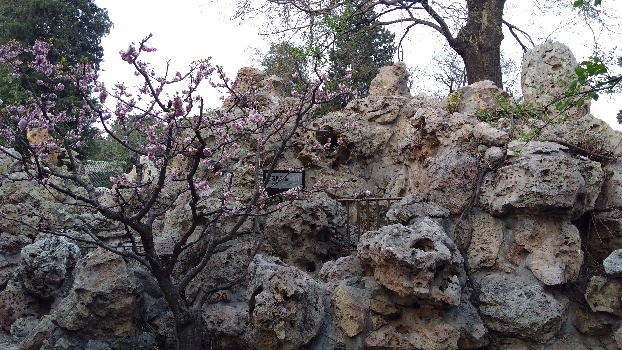
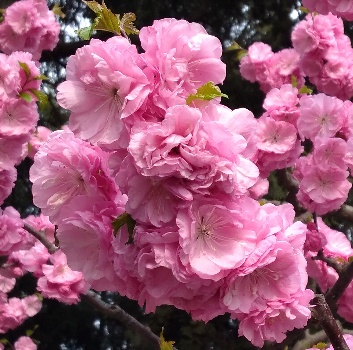
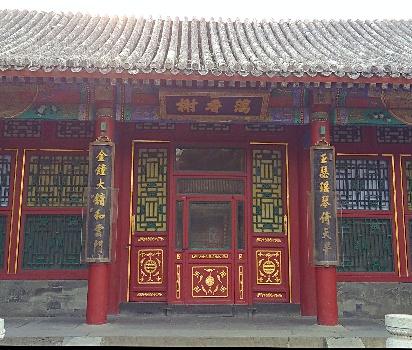
A couple of views of the Tower of the Fragrance of the Buddha, aka, Tower of Buddhist Incense, with the Sea of Wisdom Temple behind.
Quite a variety of boats on the lake.
This bronze lion guards the entrance of the Gate of dispelling Clouds and the YunhuiYuyu gate.
The Marble boat.
Some more pictures of the Tower of Buddhist Incense.
Some views of the intricate construction and painted decoration of the Long Corridor.
The Studio of Serene Beauty, Qinhua.
It was rebuilt after being destroyed by the French and Allied forces in 1860.
A pool and bridge are all that remain of the original structure.
The Wenchang Gate.
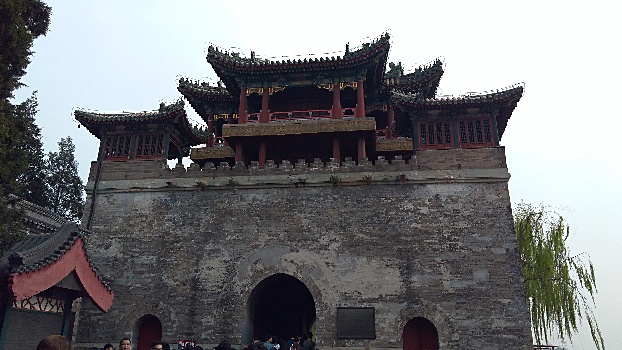
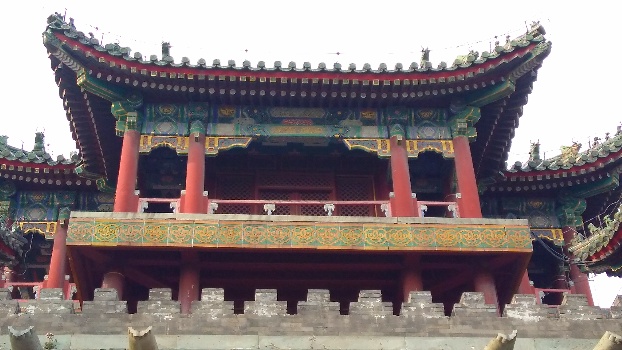
Shiqikong Qaio, the Seventeen Arch Bridge.

Two sculptures of fantastic creatures.
A dragon/lion with hooves, antlers, and scales.
And another with a fiery orb.
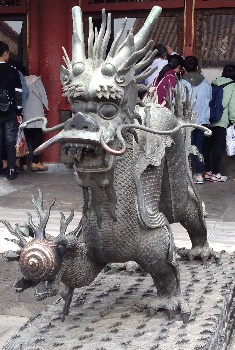
The Summer Palace is a World Heritage Site.
Heading for a park and shops in an old part of the city.
This is the Galaxy SOHO shopping center.
We didn't go in but we were told that it is as impressive inside as it is outside.

The entrance gate to a shopping area and park.
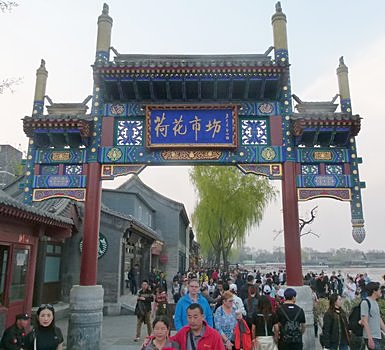
A kite salesman near the gate.

Paddle boats and rubber duckies on the lake.
Shops and eateries.

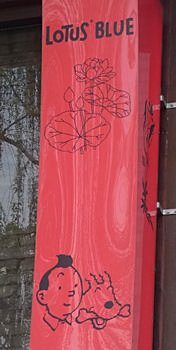
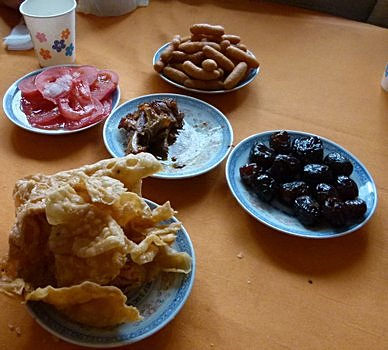
Some displaying expensive jade.
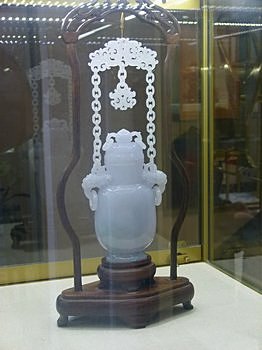
The Buffalo Cafe had several antelopes on display, no buffaloes.
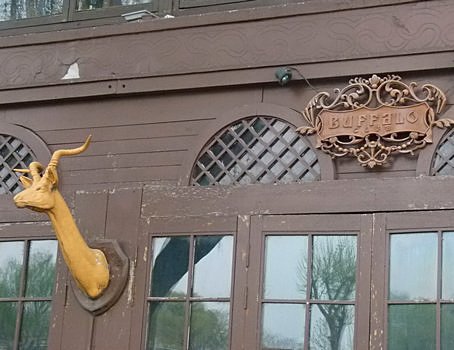
Headed back toward our hotel.
We didn't stay at the Bo Tai, I just thought it was an interesting name.
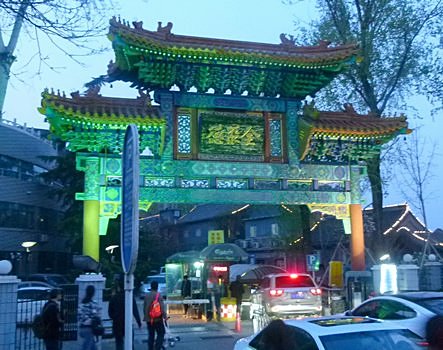
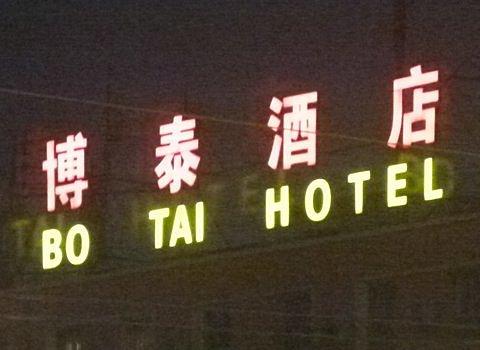
Another great meal.
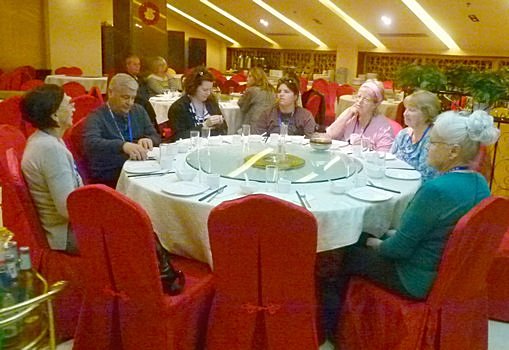
This two fisted drinker claimed that he was holding one for his wife.
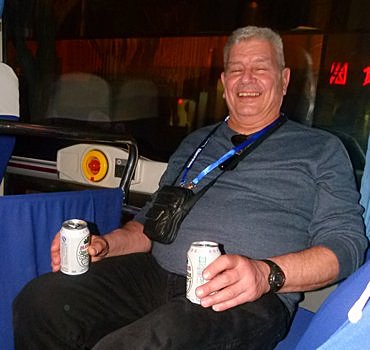
Tianamen Square by night.
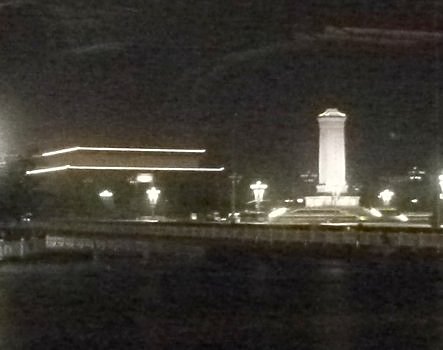
In the morning we headed out.
I don't know what the latticework archway was about.
The high pressure gas storage tanks in the middle of town seem like a bad idea..
There wasn't any obvious chemical processing nearby so it was probably natural gas for heating (both flammable and toxic).
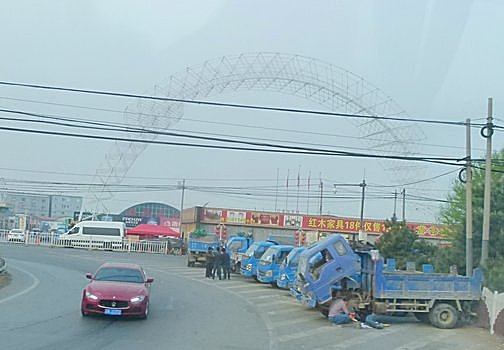
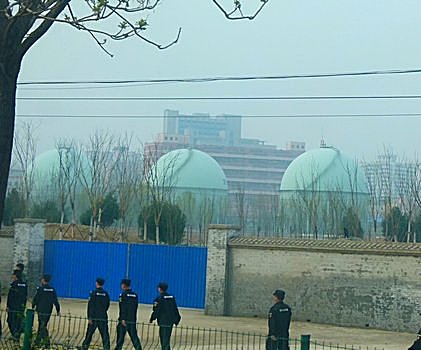
They do like their miniature vehicles.
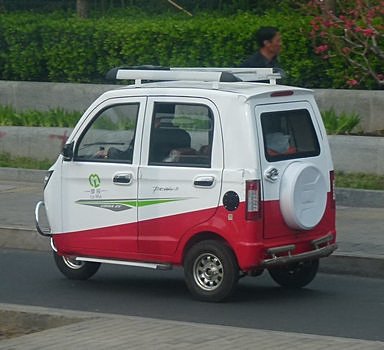
We passed part of the Beijing city wall and Zhengyang Gate and the Lama Temple.
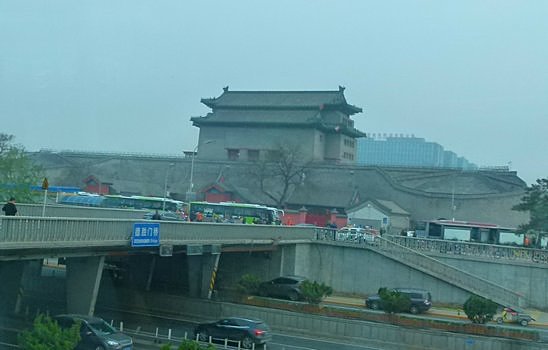
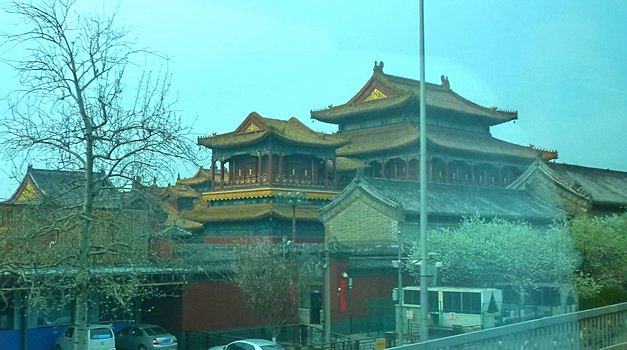
And a KFC.
In our travels we have found that it is the most universal fast food chain in the world.
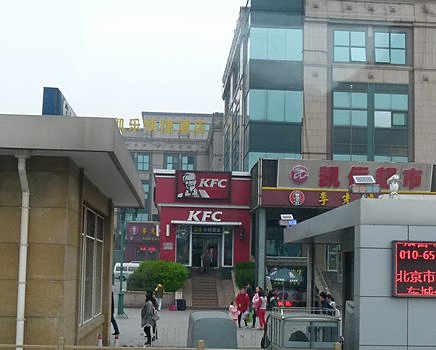
We had another "We are really here." moment as we reached Tiananmen Square.
We have had that feeling before at the pyramids, Taj Mahal, and other places we had only seen in pictures.
You see that some of our group have taken to wearing masks
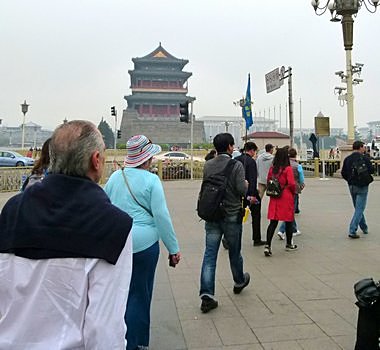
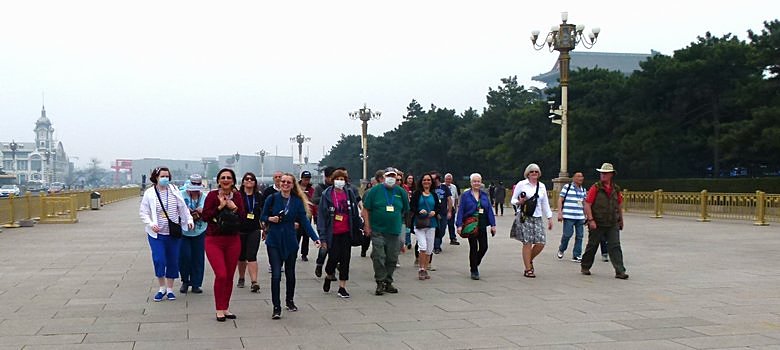
One of the gates next to the square.

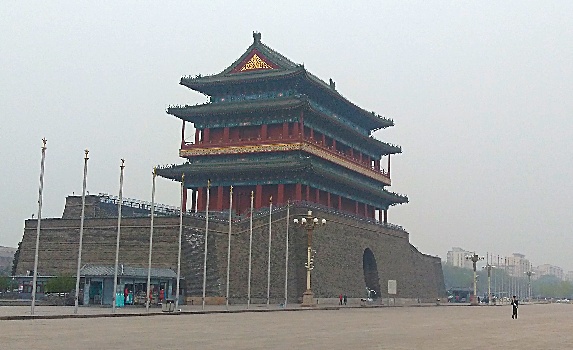
I started to recognize some of the characters that were repeated on the signs.
By the end of the trip I had deciphered the third character in the second line.
From context on other signs it means "gate or door".
The 4th character in that line is "long, or big".
The first two characters in the next line are taken together to write "China".
The third character is "nation or country"
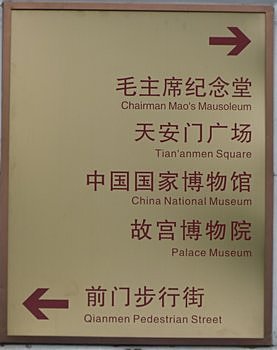
Old Bank of China Qianmen branch is next to Tienanmen Square.

The National Museum of China is also along the square.
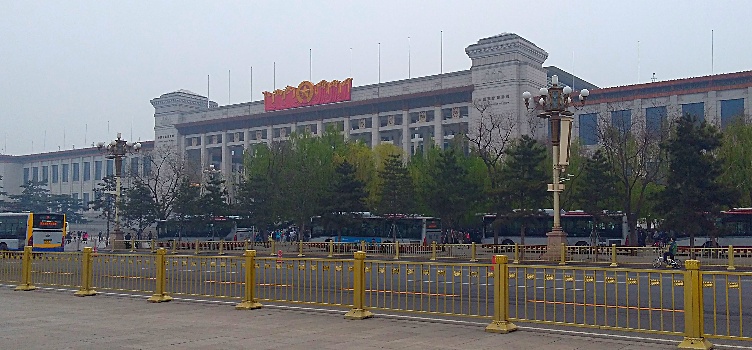
Deshengmen Gate once part of the northern city wall can also be seen from the Square.
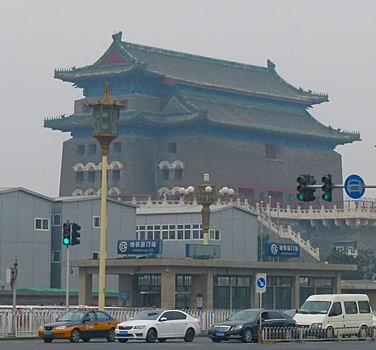
Zhengyangmen Gate was once the southern entry to the inner city.

Both gates on the left and Mao's mausoleum on the right.

Guards
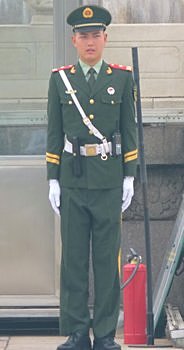

Monument to the Peoples Heroes

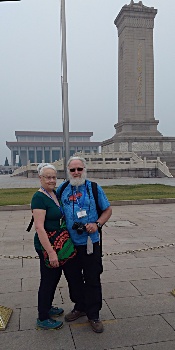


Mao's mausoleum.
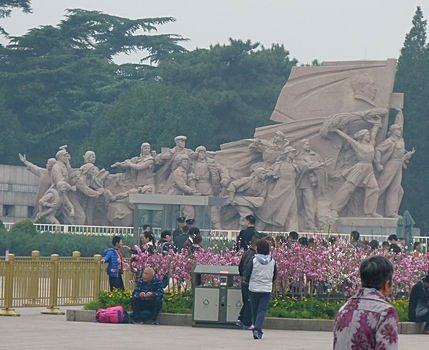
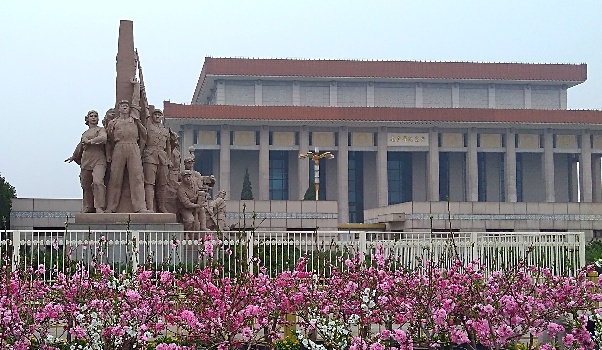
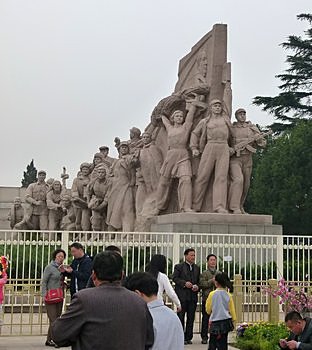

The Great Hall of the People
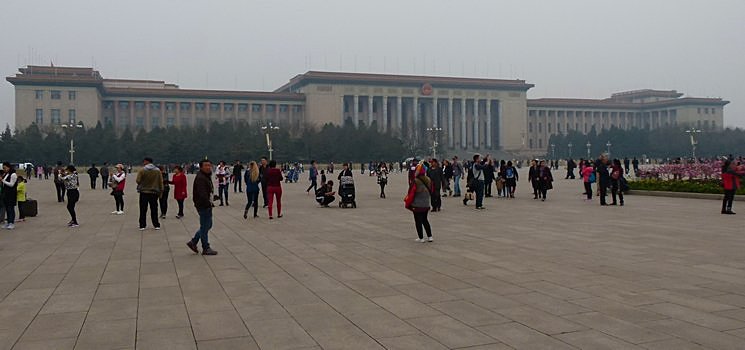
Beards are a rarity in China so when these kids on a school trip spotted two they asked for our picture.
I also wanted to record the moment.
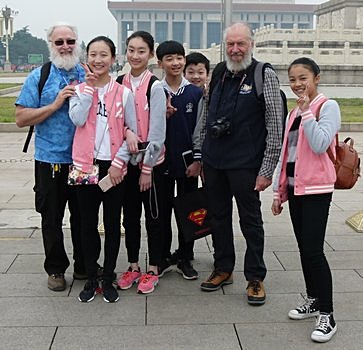
We are approaching the Forbidden City
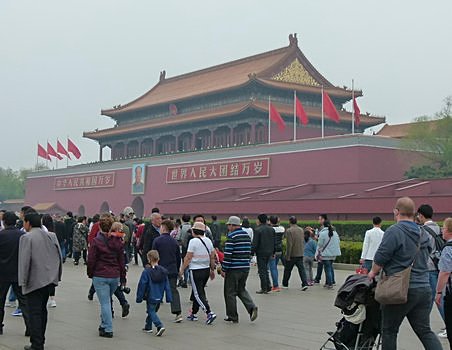
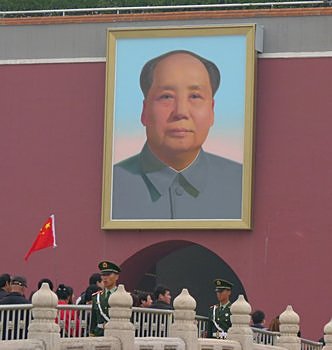
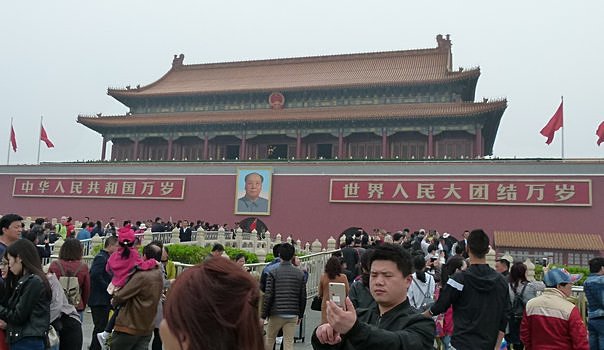
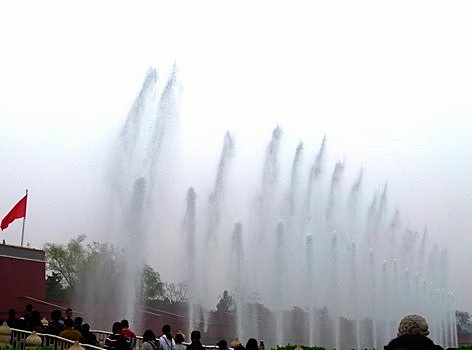
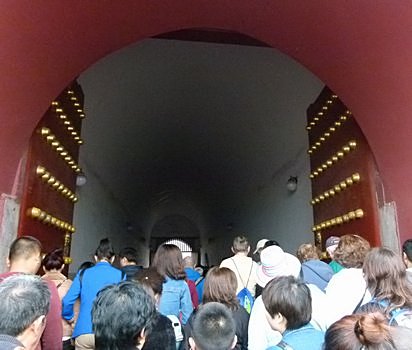
And we are inside.
A large courtyard that at one time would have only been for men.

Huabaio, an emblem of Chinese culture.
These are two of the four in Tienanmen dating from the 15th century.
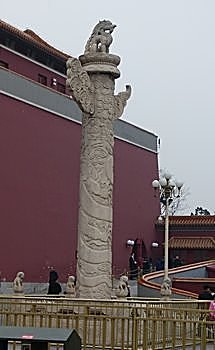
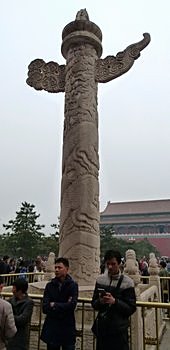
The Meridian Gate to an even more protected courtyard.
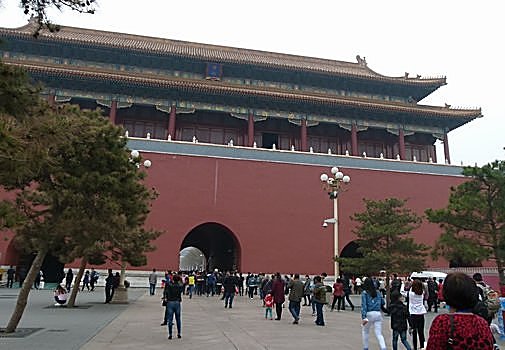
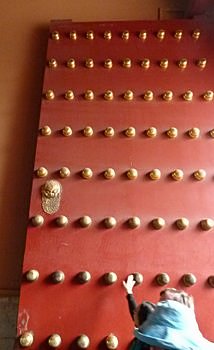
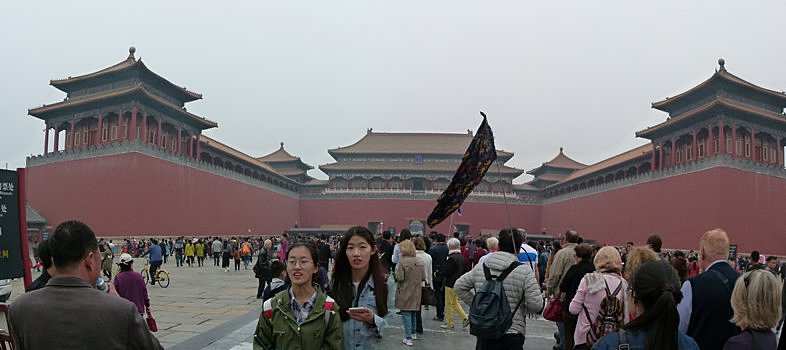
There you would see tourists of all kinds.
These monks were probably telling friends back home that they were about to enter the Forbidden City.
At least that is what I imagined.
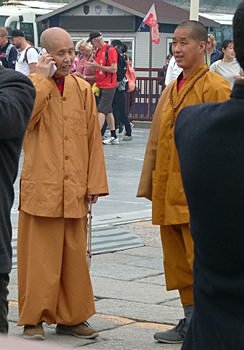
It was impressive.
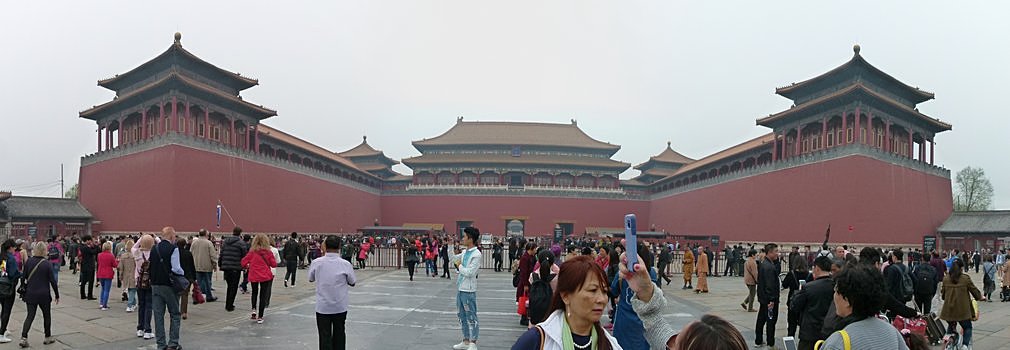
The upper parts of the structure were all elaborately decorated.

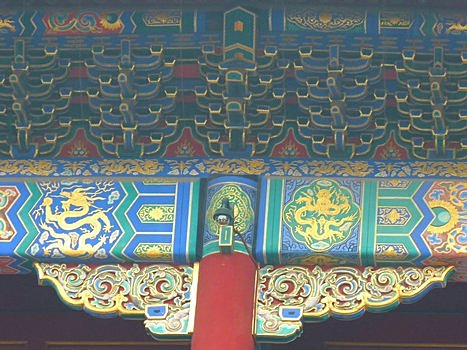

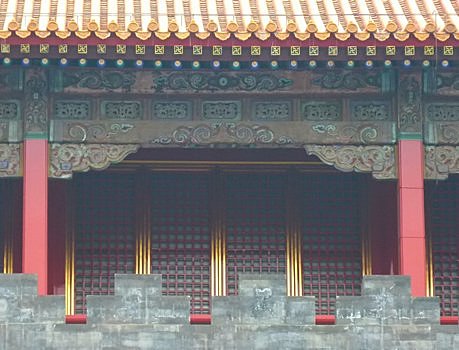
Yet another gate.
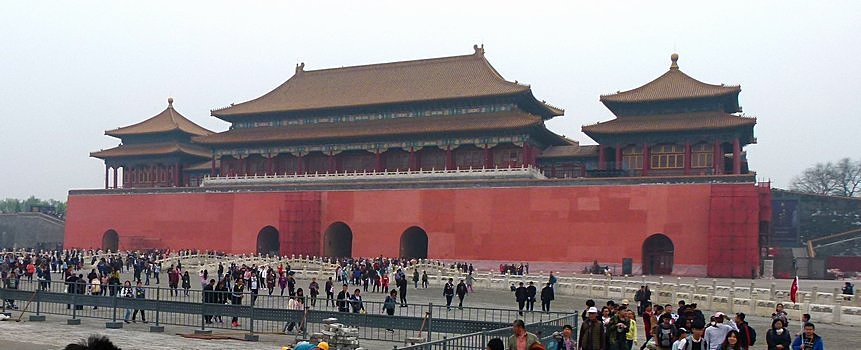
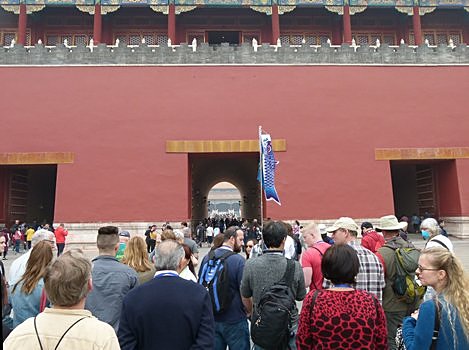
Entering the inner courtyard
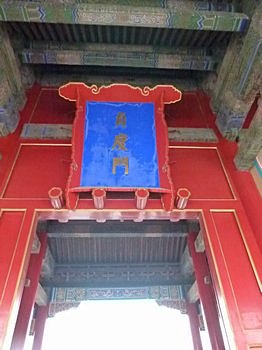

A few of our group are scattered around the courtyard.
The Hall of Supreme Harmony in the center of this Panorama

A view from one corner to try to give you some idea of the size of the place.
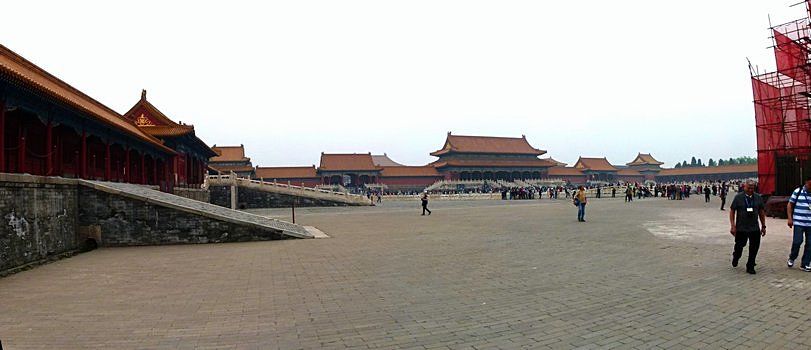
The river through the courtyard was built because it was important to be between water and mountains (they built mountains too).
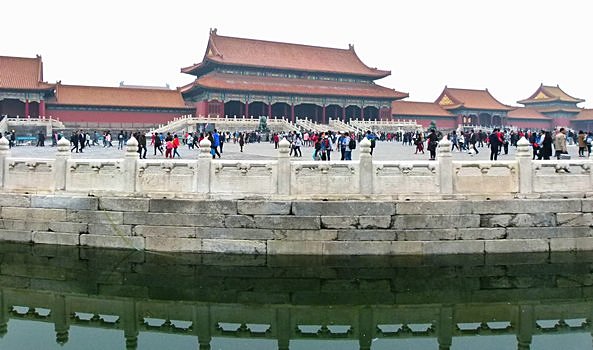

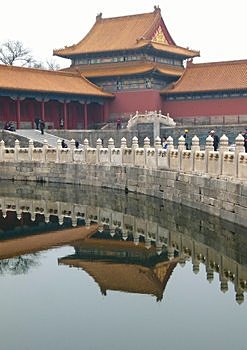
This bronze lion and dragons on all of the buildings were common motifs.
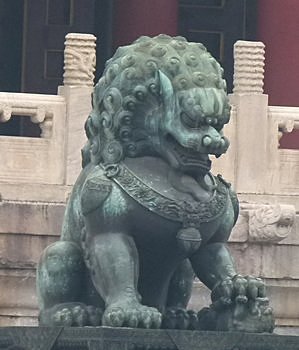
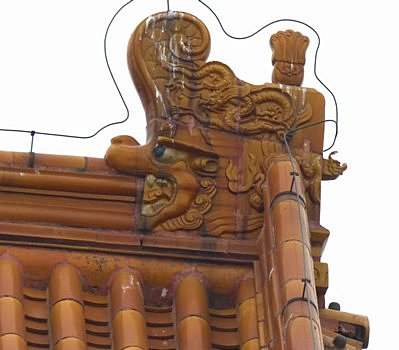
On the other side was the Hall of Supreme Harmony.
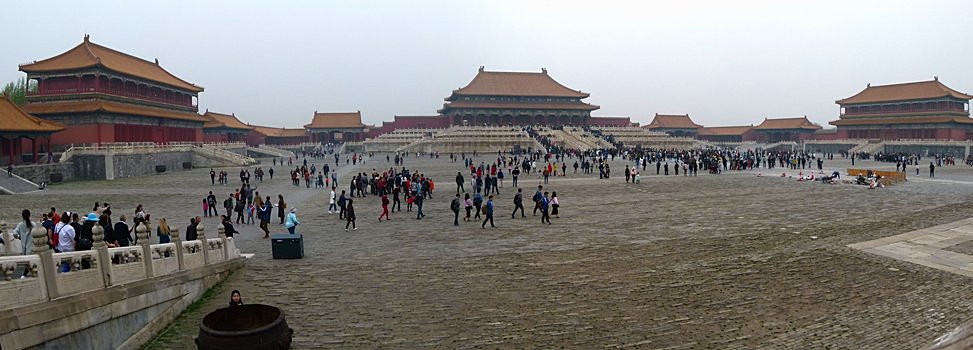
And some of our group trying to take it all in and remember all the names.

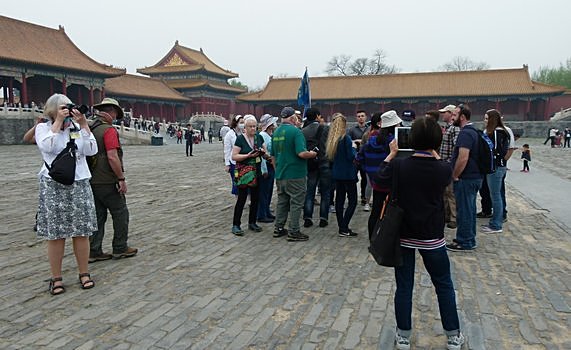
This marble disk was a sundial aligned with the celestial equator.
The iron gnomon at the center points at the north and south celestial poles.
Its shadow falls on gradations on the disk to mark the passage of time.
From the spring equinox to the autumnal equinox the shadow would be to the north, upper surface, and the other half of the year on the other side.
The sundial in front of the palace symbolized that the emperor had the supreme power to grant time to all his subjects.
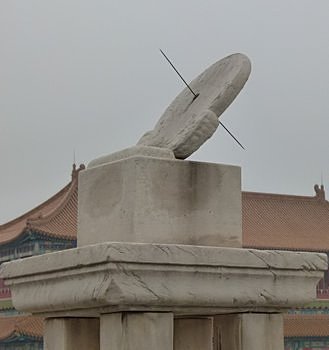
A row of bronze lanterns in front of the palace.
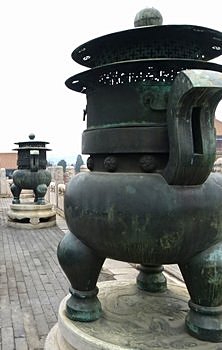
The stork was a symbol of the emperor and also of longevity.
The tortoise represents strength and endurance and was also a symbol of the emperor.
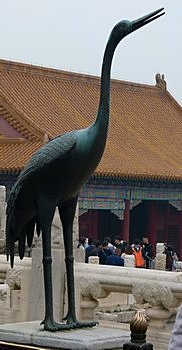
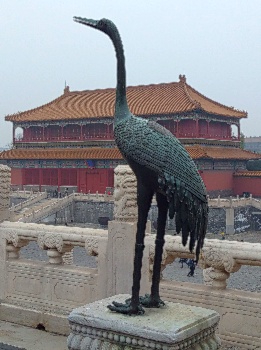
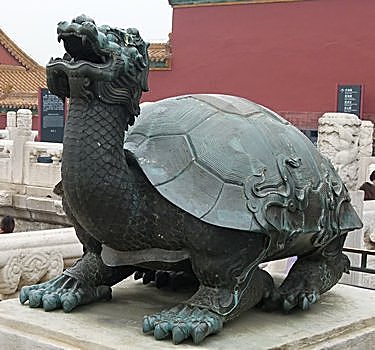
Another bearded gentleman was amused by my request to get a picture with him.
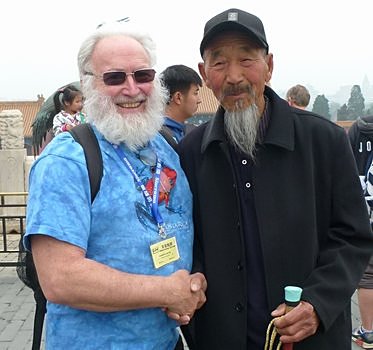

These iron and copper kettles are four of 22 around the compound.
They are also on my firefighting page since that was their purpose.
They were filled with water and would be heated with charcoal fires if there was a chance that it would freeze.
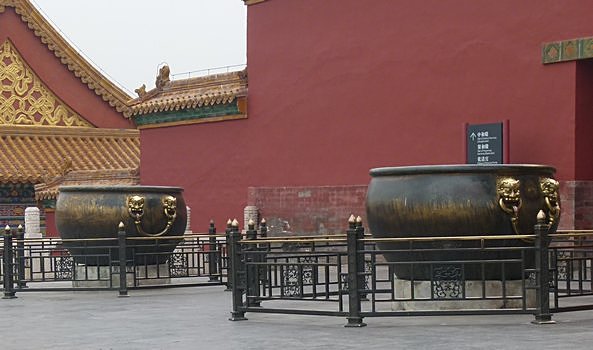
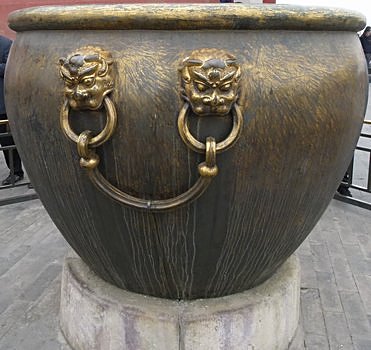
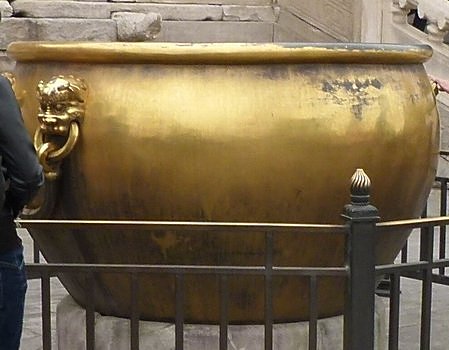
Everywhere you look there are details that are hard to believe.
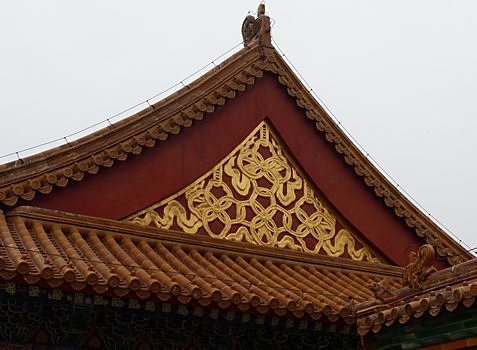


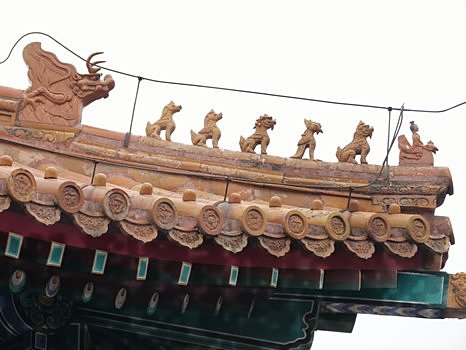
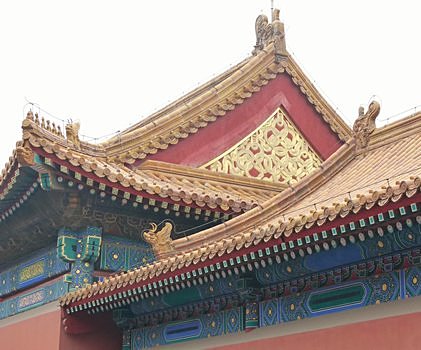

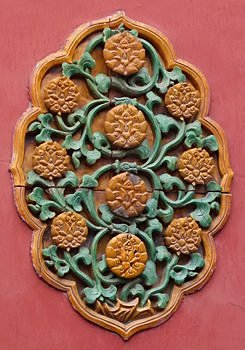
So many palaces, halls, and other important places.

Entering the Hall of Preserving Harmony.
According to the sign at the entrance it has had several names since it was built in 1420.
Originally called the Hall of Scrupulous Behavior
Then renamed the Hall of Establishing Supremacy in 1562 before getting its current name in 1645.
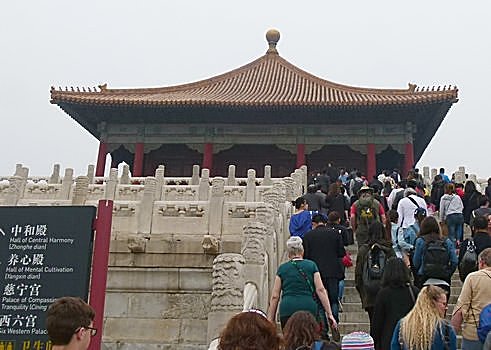
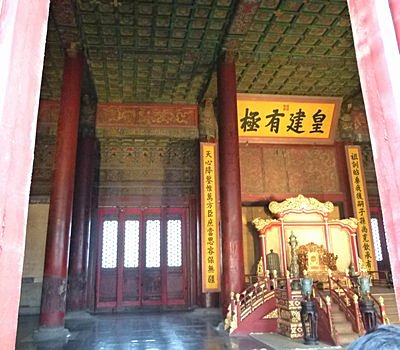

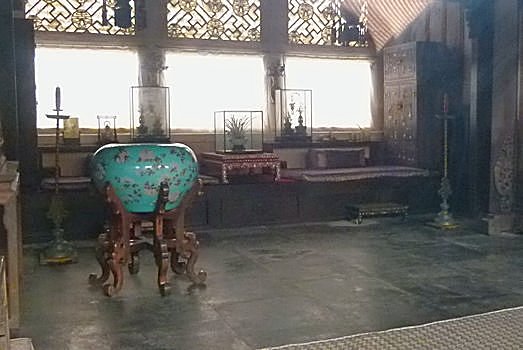
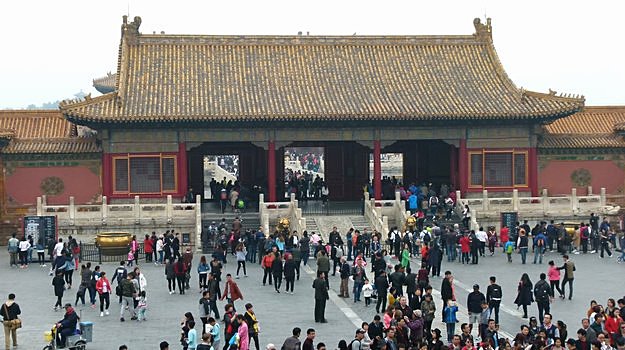
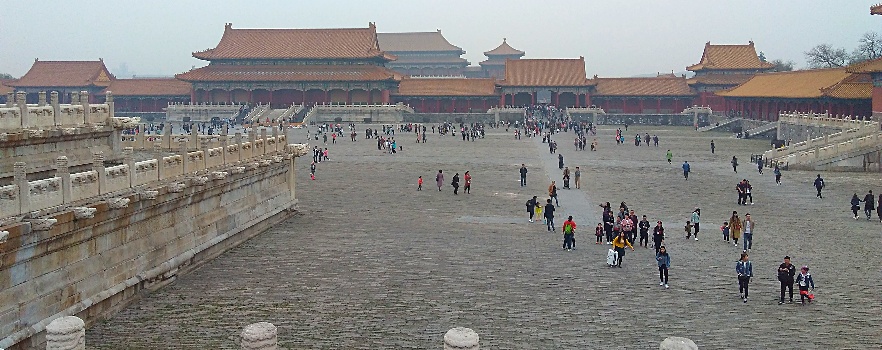
Some of the rooms around this courtyard were maintained as a museum.


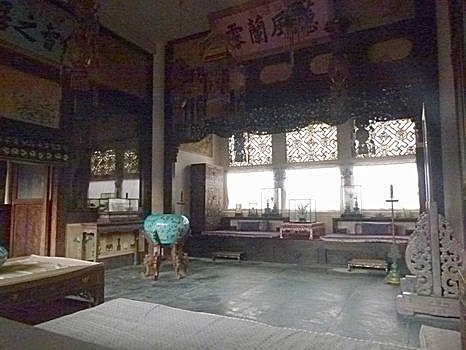
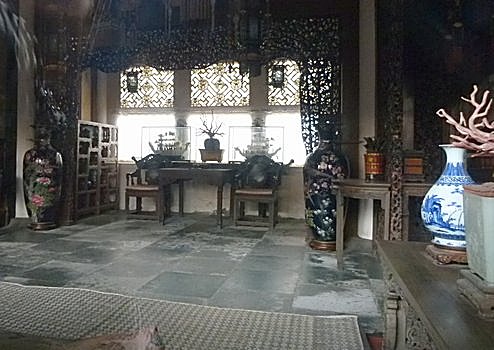
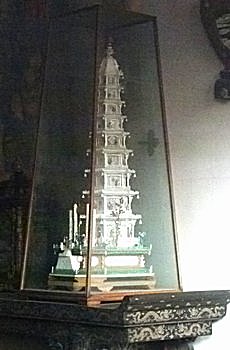
In the Imperial Garden
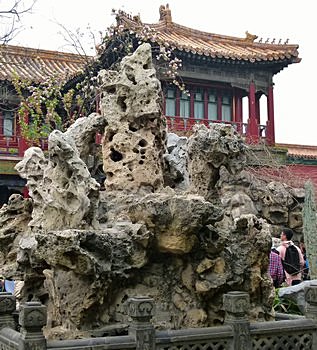
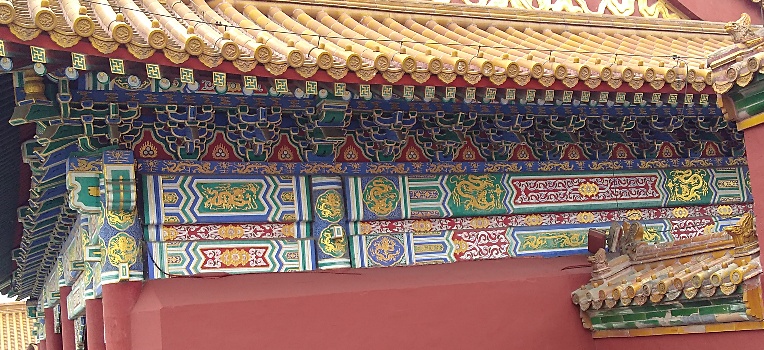
Pavilion of One Thousand Autumns.

As we left the gate of Divine Prowess we crossed this moat.
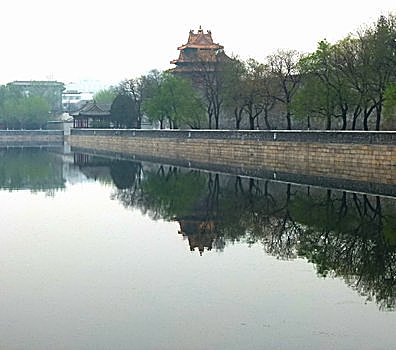
And found ourselves in an area with small shops.
KFC is the most common fast food chain wherever we have traveled.
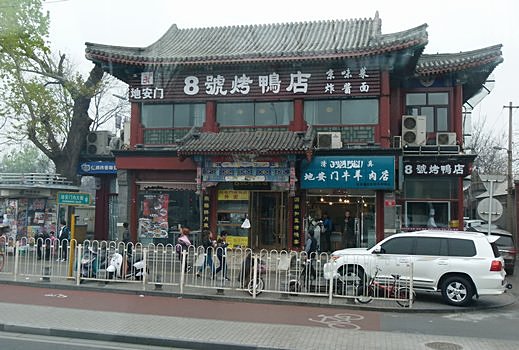

Back to the park that we had visited earlier.
Where we started our bike rickshaw/pedicab ride to another park and then on to a residential area.
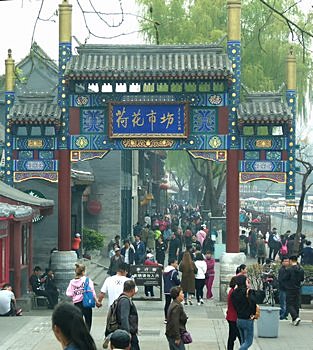
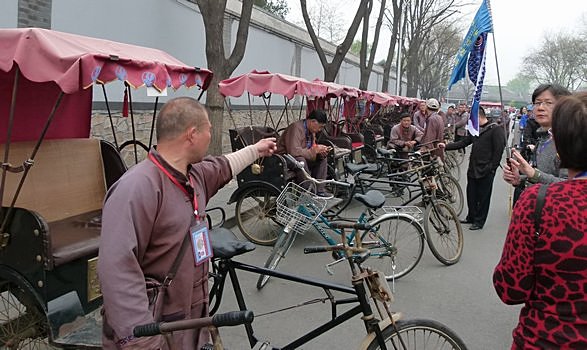
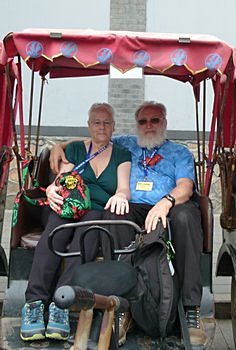
Each pedicab carried a medallion to show that they could legally carry passengers through the narrow streets.
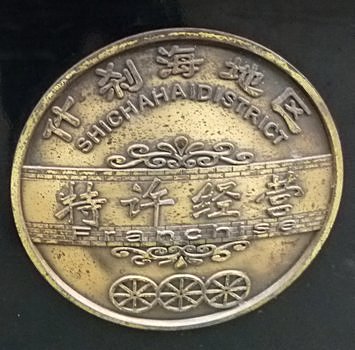
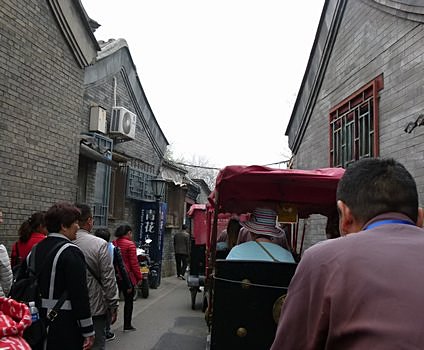
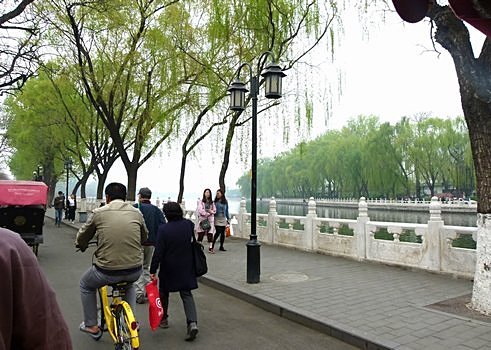
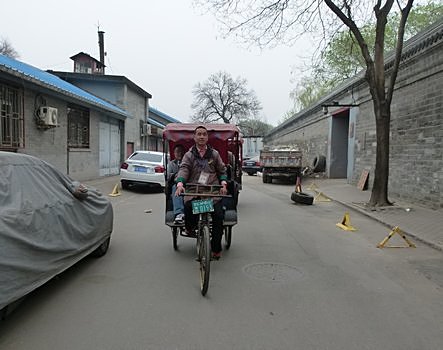
We walked the last couple of blocks to a private home for lunch.

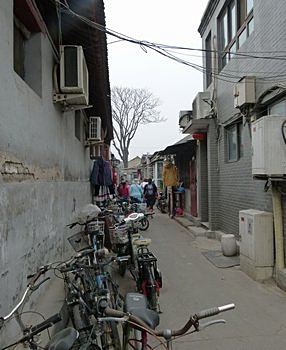
A tiny garden and decorations on the wall at the front door.

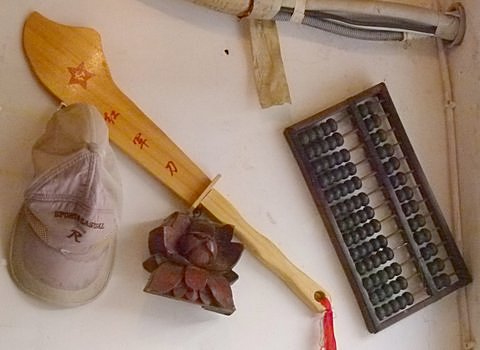
Some of what we were served.
All of it was very good.


As you can see it seating space was limited.
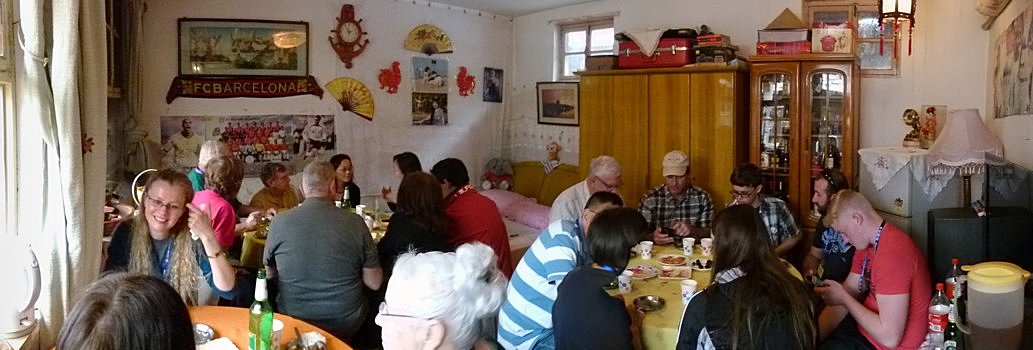
Our hostess and host.
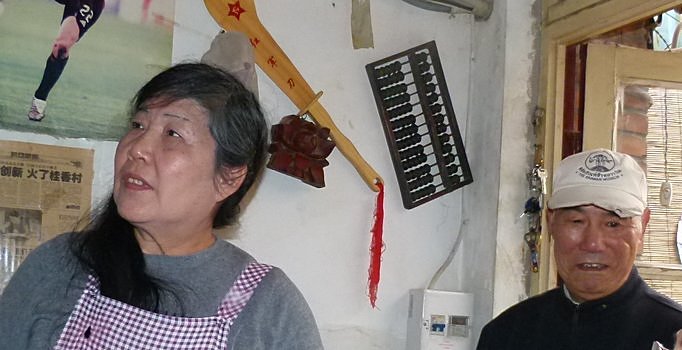
You may have noticed the bed in the back corner of the room where we ate.
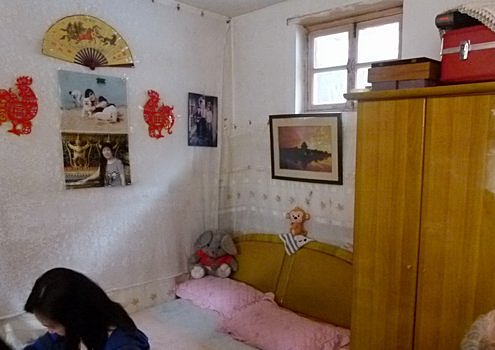
The kitchen was a very small room with a two burner stove, cutting board, and a tiny sink.
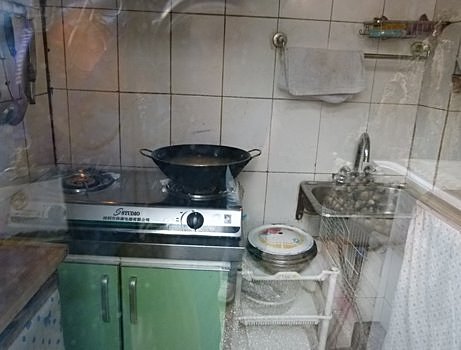
Small shops, a staging area for ice cream motor bike carts, and a little canal.
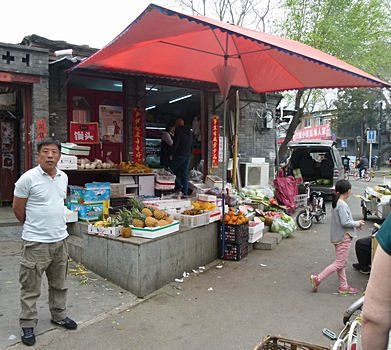
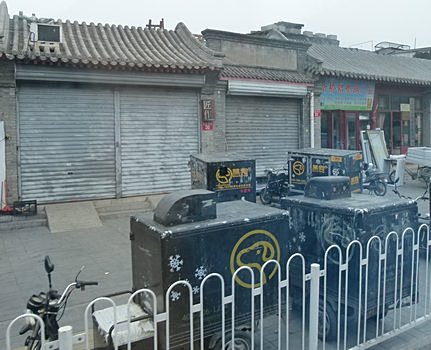
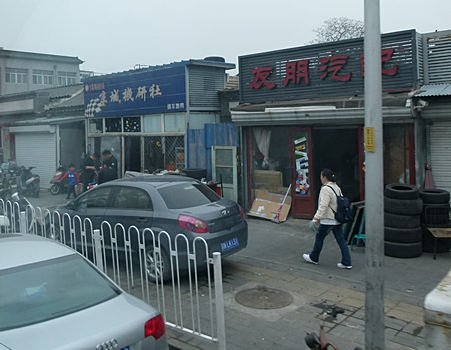
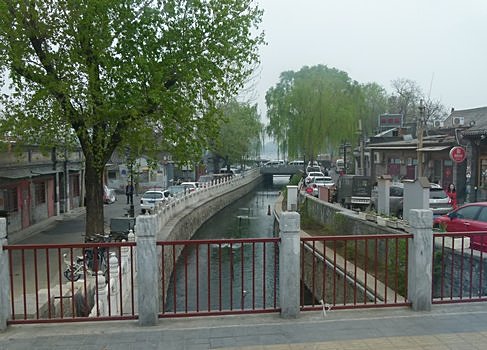
Next stop was the Temple of Heaven, a park, for the emperors of the Ming and Qing dynasties.
Where they went to worship heaven and pray for favorable rain and bumper harvests.
We passed several groups playing cards along the entrance walk past the Animal Sacrifice Pavilion.
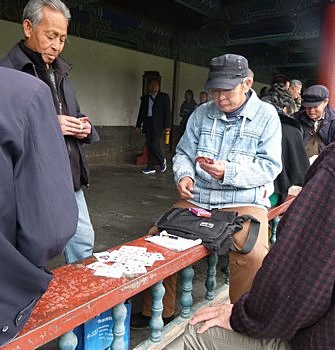
Then through a bit of th park and then on to the Long Corridor.
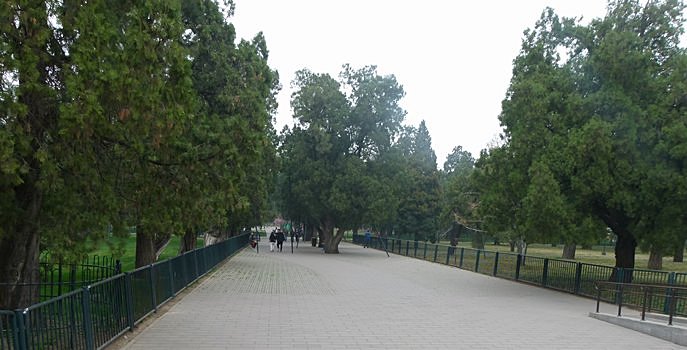
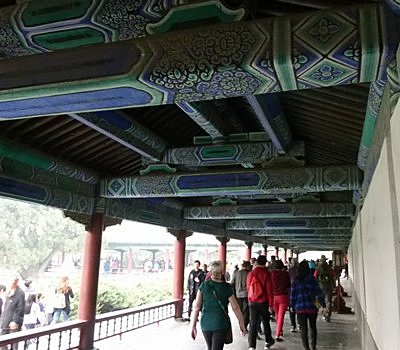
The first temple we came to was the Hall of Prayer for Good Harvest.
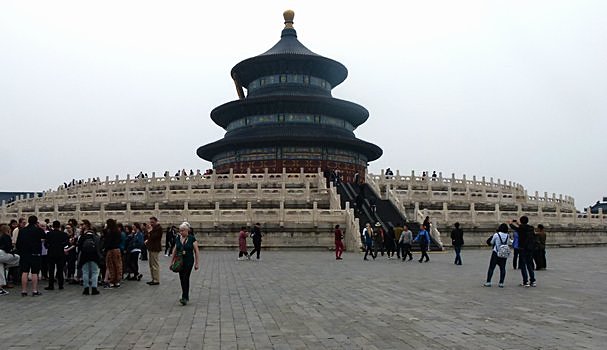
Dragon designs painted on the temple and on a marble relief between two stairways.
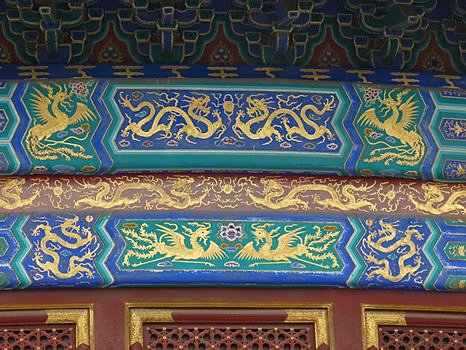
One stairway led down to a gate and through that the Imperial Hall of Heaven.
It was the Heavenly Warehouse of the Altar of Prayer for Grains.
Tablets of the emperor's ancestors and the God of Heaven were kept here.
The tablets would be moved to the Hall of Prayer for Good Harvests for a ceremony to ask for a favorable season.
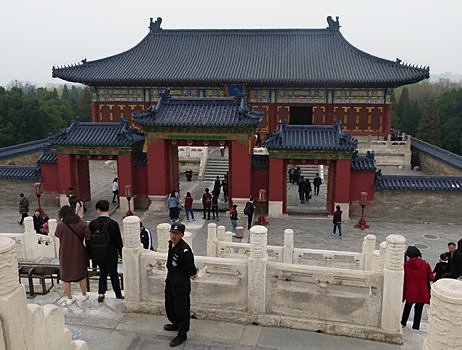
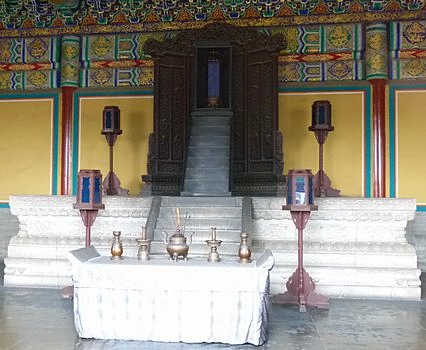

A courtyard beyond was surrounded by a wall topped with these green tiles.
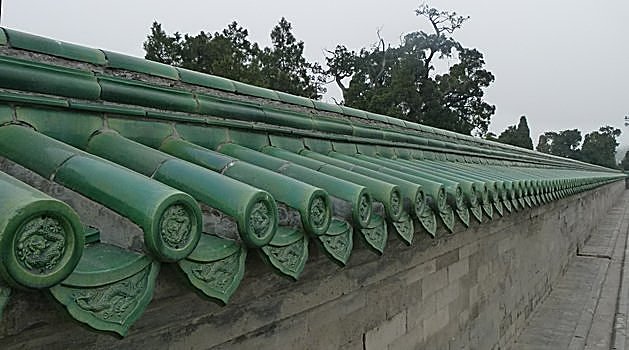
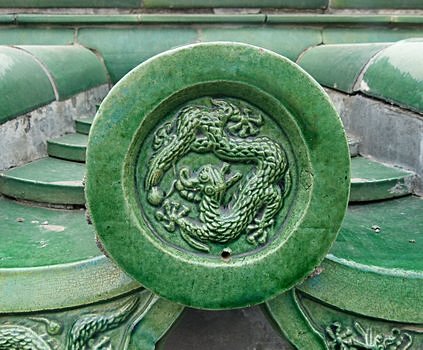
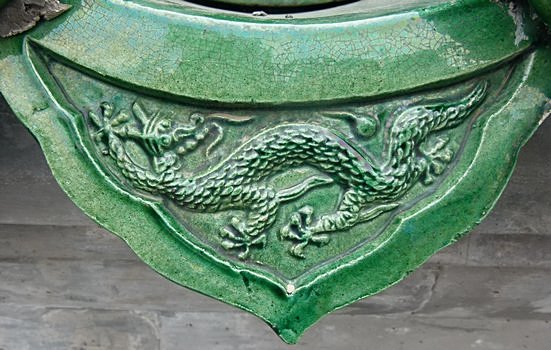
A museum there held enamel and bronze artwork.

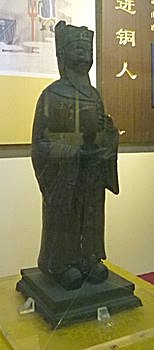
Elsewhere in the park we found a sculpture called The Seven Meteorites with a group doing Tai Chi beyond.

This snake entwined around a turtle is known as Xuanwu and is the symbol of the Chinese constellation representing the winter season.
It is found in Vietnamese, Korean, and Japanese as well as Chinese culture.
We first learned about it as accompanying the travelers in the novel A Journey to the West when we visited Southeast Asia.
It was just outside the restaurant where we had dinner.
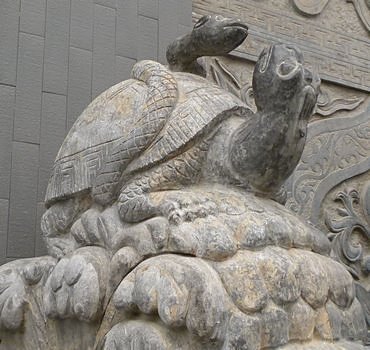
Just one picture from the restaurant.

On most of our travels we will see a wedding party.
This trip we weren't so lucky so this display at our hotel will have to substitute.
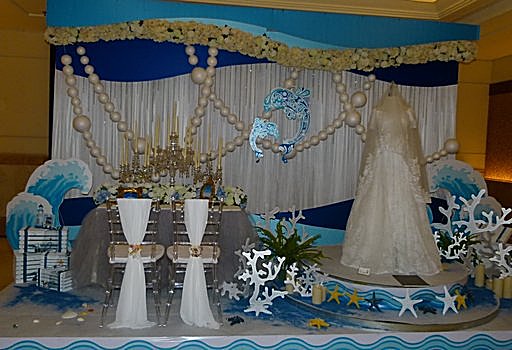
The next day we visited a pearl emporium, where we learned about the process of growing, gathering, grading, drilling and stringing them.
Of course we had the opportunity to buy any of the array of colors you see here.

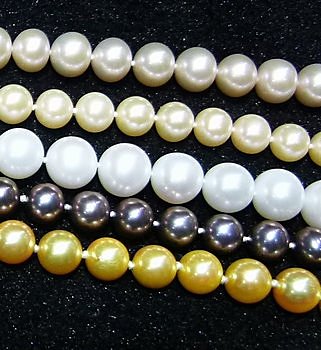

We passed by some of the Olympic venues but didn't stop.
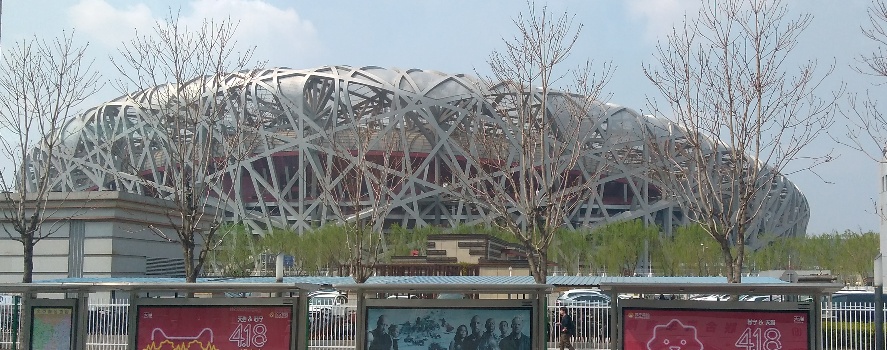

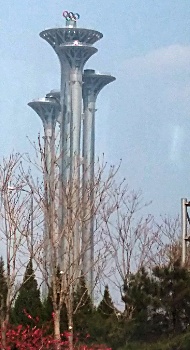
Other modern buildings around the city.
